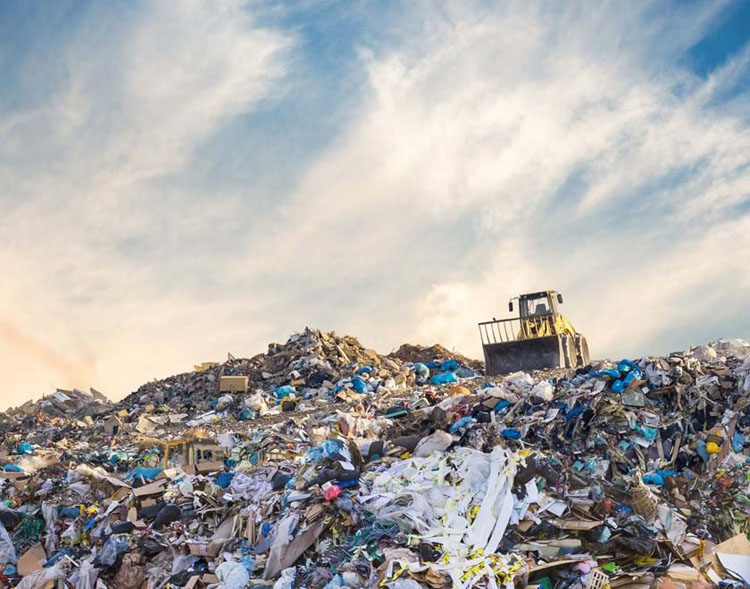In recent years, the global conversation surrounding waste management has reached a critical juncture, prompting cities worldwide to reevaluate their approach to handling waste. Historical Context Charleston, known for its green surroundings, is no exception!
The SC recycling sector is in difficulty
The economic activity of recycling, and more precisely that of scrap metal, has been faltering since 2014, the year of the collapse in the price of raw materials around the world. According to the South Carolina Recycler’s Association (SCRA), up to 500 jobs are at risk.
In South Carolina, the recycling industry plays a vital role in environmental sustainability and economic growth. With a focus on reducing waste and conserving resources, the state has implemented various initiatives to promote recycling.
The fall in raw material prices directly affects the area of recycling. SCRA warns that South Carolina would lose 10% of its jobs in the sector if the government does not find a solution quickly.
During a press conference, the president of the SCRA revealed that a danger for 500 jobs existed. And, therefore, a restructuring of the sector is possible. He also added that if we remain in the current stagnation, we know that indeed, in the next two or three years, something of this order will happen, indicating that the scrap metal, plastics and textile sectors were involved.
A declining turnover
Recycling facilities across South Carolina process a diverse range of materials, including paper, plastics, glass, and metals, contributing to the circular economy, and reduces the need for dumpster rental services.
Since the collapse in global raw material prices in 2014, manufacturers have been reluctant to invest in recycled raw materials. In fact, they are more expensive. For example, local steel companies are overtaken by significant Chinese exports. Experts announced a loss of value in the market sectors for the 2023 financial year. Turnover fell by 4%, while the volume collected in the waste bin is in increase with 4 million tons.
The efforts of the government of South Carolina not only help to minimize landfill waste but also create employment opportunities and stimulate local businesses.
Return to calm is necessary. Currently, the situation is improving. It is explained by the stability of world prices of raw materials. It compensates for the surge in prices. Indeed, it had an impact on the cash flow of the companies concerned. In this regard, recycling experts declared that when we are in a rapid decline in prices, which was the case for oil, we have difficulty adapting. Whereas when we have permanently low oil or permanently low iron ore, we adapt our prices little by little. We are returning to much lower margins, but we are returning to positive margins.
Nevertheless, new markets in the sector, in particular the recycling of aggregates from construction, are bringing some hope to the waste management industry in South Charleston, in and around Charleston.
Through public education campaigns and infrastructure development, South Carolina can continue to strengthen its commitment to recycling, paving the way for a greener and more prosperous future for all residents and businesses alike.


